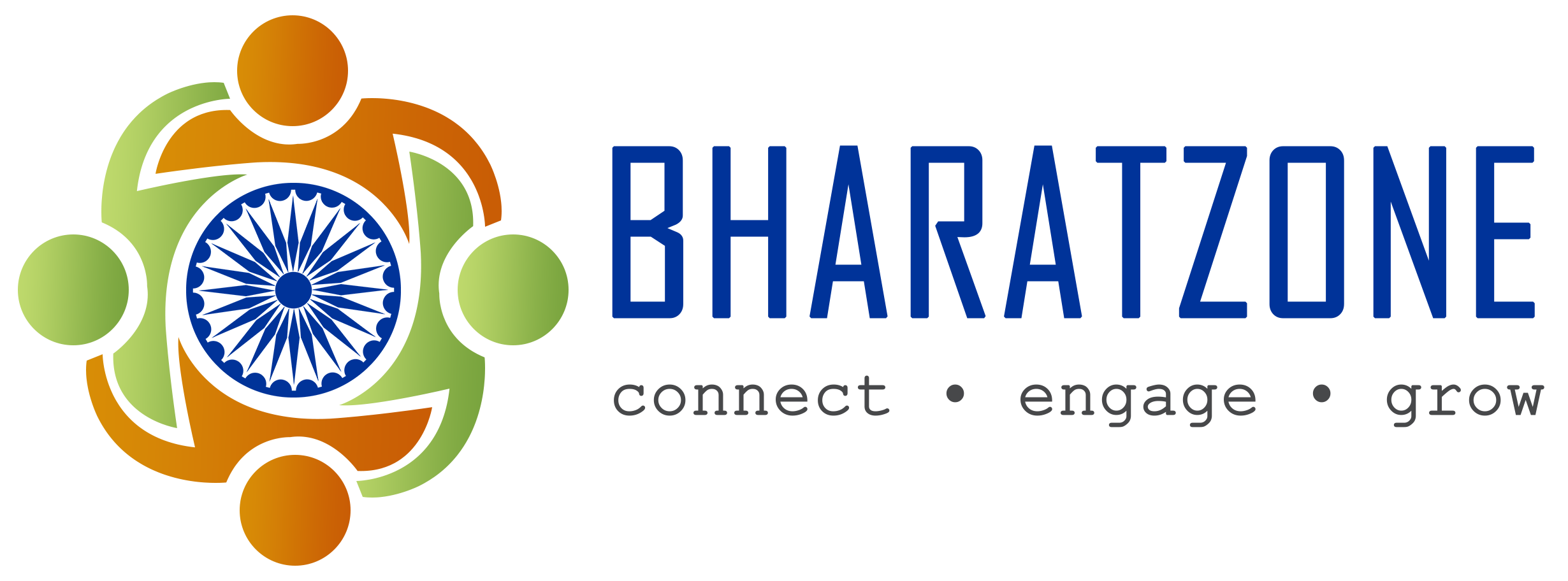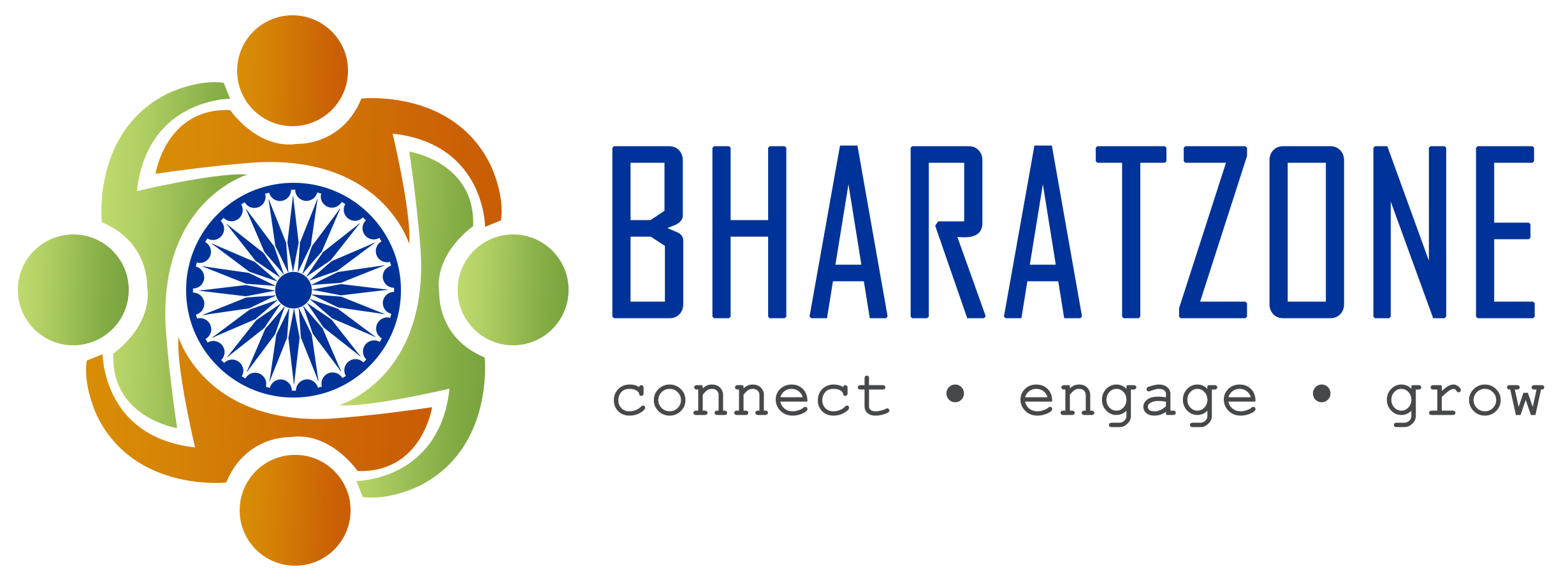As businesses increasingly embrace multi-cloud strategies, the effective management of identities and access across different cloud platforms is crucial. A unified approach to identity and access management (IAM) is essential to streamline operations and enhance security measures.
Assessing IAM requirements
Understanding the organization's business objectives, current capabilities, regulatory obligations, cloud platforms in use, and security best practices is the initial step in determining IAM needs. Clearly defining user roles and permissions based on specific job functions is vital. Continuous monitoring and review are necessary to ensure that IAM remains optimized.
Centralized identity management
Establishing a solid foundation for IAM involves leveraging services such as Azure Active Directory, AWS Directory Service, or Google Cloud Identity to simplify user provisioning consistently across all cloud environments. Single sign-on portals enable streamlined access through a single authenticated session.
Role-based access control
Implementing role-based access control involves assigning permissions based on associated responsibilities rather than individual credentials. Fine-grained role definitions allow for tailored access to specific functionalities or resources that each individual requires, while the uniform application of role definitions eases administrative burdens.
Automation of IAM processes
Streamlining IAM processes through automation is crucial. Cloud identity and access management tools can be utilized to configure access programmatically based on documented procedures. Templates help standardize configurations, minimizing errors that may arise from manual tasks. Configuration management ensures that IAM states conform to validated definitions.
Multi-cloud management platforms
Leveraging multi-cloud management platforms such as HashiCorp Vault or Okta can further enhance automation by facilitating centralized user provisioning, access controls, policies, and federated identity between different ecosystems. These platforms offer dashboards that consolidate visibility and control points.
Audit reporting and continuous improvement
Audit reporting provides historical views of changes, anomalies in access patterns, and compliance with governance requirements. Regular assessments are necessary to re-evaluate definitions, permissions, access reviews, and anomaly responses in order to identify opportunities for continuous improvement.
User awareness and training
Creating a culture of security awareness is crucial. Training programs can reinforce policies and identify social engineering risks. Simulated phishing campaigns can evaluate comprehension while shedding light on new risks, thereby contributing to ongoing defense enhancement. Leadership endorsement can strengthen the commitment to security.
In conclusion, a comprehensive IAM planning approach is fundamental to proactive defense. By combining centralized identity management, role-based access control, automation, monitoring, and education, identity and access management can help you achieve pragmatic protection while simplifying the operational experience, thus allowing flexibility in choosing cloud providers that best suit their needs.


